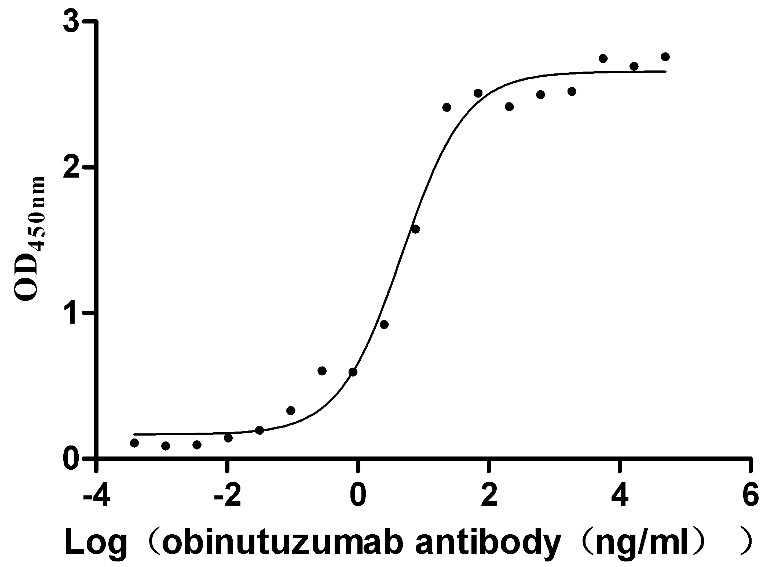Recombinant Rat Solute carrier family 22 member 8 (Slc22a8), partial
-
中文名稱:大鼠Slc22a8重組蛋白
-
貨號:CSB-EP865648RA-B
-
說明書:
-
規格:
-
來源:E.coli
-
共軛:Avi-tag Biotinylated
E. coli biotin ligase (BirA) is highly specific in covalently attaching biotin to the 15 amino acid AviTag peptide. This recombinant protein was biotinylated in vivo by AviTag-BirA technology, which method is BriA catalyzes amide linkage between the biotin and the specific lysine of the AviTag.
-
其他:
產品詳情
-
純度:>85% (SDS-PAGE)
-
基因名:Slc22a8
-
Uniprot No.:
-
別名:Slc22a8; Oat3Solute carrier family 22 member 8; Organic anion transporter 3; rOat3
-
種屬:Rattus norvegicus (Rat)
-
蛋白長度:Partial
-
蛋白標簽:Tag?type?will?be?determined?during?the?manufacturing?process.
The tag type will be determined during production process. If you have specified tag type, please tell us and we will develop the specified tag preferentially. -
產品提供形式:Lyophilized powder
Note: We will preferentially ship the format that we have in stock, however, if you have any special requirement for the format, please remark your requirement when placing the order, we will prepare according to your demand. -
復溶:We recommend that this vial be briefly centrifuged prior to opening to bring the contents to the bottom. Please reconstitute protein in deionized sterile water to a concentration of 0.1-1.0 mg/mL.We recommend to add 5-50% of glycerol (final concentration) and aliquot for long-term storage at -20℃/-80℃. Our default final concentration of glycerol is 50%. Customers could use it as reference.
-
儲存條件:Store at -20°C/-80°C upon receipt, aliquoting is necessary for mutiple use. Avoid repeated freeze-thaw cycles.
-
保質期:The shelf life is related to many factors, storage state, buffer ingredients, storage temperature and the stability of the protein itself.
Generally, the shelf life of liquid form is 6 months at -20°C/-80°C. The shelf life of lyophilized form is 12 months at -20°C/-80°C. -
貨期:Delivery time may differ from different purchasing way or location, please kindly consult your local distributors for specific delivery time.Note: All of our proteins are default shipped with normal blue ice packs, if you request to ship with dry ice, please communicate with us in advance and extra fees will be charged.
-
注意事項:Repeated freezing and thawing is not recommended. Store working aliquots at 4°C for up to one week.
-
Datasheet :Please contact us to get it.
靶點詳情
-
功能:Plays an important role in the excretion/detoxification of endogenous and exogenous organic anions, especially from the brain and kidney. Functions as one of the detoxification systems on the choroid plexus (CP) by removing substrates from the cerebrospinal fluid (CSF). Functions as an organic anion/dicarboxylate exchanger that couples organic anion uptake indirectly to the sodium gradient. Mediates the uptake from brain of organic anions, such as p-aminohippurate (PAH), ochratoxin A, and estrone sulfate (ES) and a cationic compound, cimetidine in a sodium independent manner. Mediates the uptake of benzylpenicillin (PCG), 2,4-dichloro-phenoxyacetate (2,4-D) and PAH in CP. Mediates the efflux of PAH, pravastatin, pitavastatin and PCG from the cerebrum into the blood circulation across the blood-brain barrier (BBB). Involved in regulating the CSF concentration of H(2)-receptor antagonists at the CP. Mediates the renal uptake of indoxyl sulfate (IS), 3-carboxy-4-methyl-5-propyl-2-furanpropionate (CMPF) pravastatin, PCG, dehydroepiandrosterone sulfate (DHEAS) and is partly involved in the renal uptake of temocaprilat and ES.
-
基因功能參考文獻:
- Suggest OCT3 as possible norepinephrine uptake transporter in perivascular adipose tissue. PMID: 26432838
- The decreased function and expression of renal Oat3 in diabetes was associated with an increase in reactive oxygen species production coinciding with the activation of PKC and NF-kappaB signaling pathway. PMID: 23470271
- Gene and protein expressions of analyzed transporters increase as the brain matures, with no variation in their activity for P-gp and bcrp, while the transport activity of oat3 and oatp1a4 increases during brain maturation from preterm up to adulthood. PMID: 22998451
- Role of aromatic transmembrane residues in substrate recognition PMID: 12102636
- Organic anion transporter 3 functions as an organic anion/dicarboxylate exchanger that couples organic anion uptake indirectly to the Na(+) gradient. PMID: 12488248
- Cerebellar granule neurons accumulate MPP+ in manner that is consistent with uptake via OCT3 and the presence of this protein in CGNs explains their sensitivity to MPP+ toxicity PMID: 12675912
- rOAT3 is expressed at the abluminal membrane of the rat blood brain barrier and is involved in the brain-to-blood transport of HVA. PMID: 12679720
- Less pronounced regulation was detected for OCT2 and oatp3. Oatp1-3 and OCT2 may be important for endocrine function of rat adrenocortical cells. PMID: 12960058
- rOat1/hOAT1 and rOat3/hOAT3 play major roles in the renal uptake of uremic toxins on the basolateral membrane of the proximal tubules PMID: 14675047
- Rat OAT3 is involved in the brain-to-blood transport of thiopurines at the BBB and is one mechanism of limited cerebral distribution PMID: 15287899
- androgen receptor is involved in the functional regulation of OAT3 at the blood-brain barrier PMID: 15795901
- OAT3 abundance in both kidney cortex homogenates and in basolateral membranes increased by 3 days after bile duct ligation. PMID: 16844357
- rOat3 is responsible for the majority of rosuvastatin uptake across the basolateral membrane in rat kidney PMID: 17585018
- Oat3 can function in GSH uptake and that NRK-52E cells possess a low background rate of GSH uptake, making these cells a good model for overexpression of specific, putative GSH carriers PMID: 17719021
- OAT3 is responsible for renal secretion of bile acids during cholestasis and that the pharmacokinetic profile of OAT3 substrates may be affected by cholestasis. PMID: 18480179
顯示更多
收起更多
-
亞細胞定位:Basolateral cell membrane; Multi-pass membrane protein.
-
蛋白家族:Major facilitator (TC 2.A.1) superfamily, Organic cation transporter (TC 2.A.1.19) family
-
組織特異性:Expressed in the liver, brain, kidney, choroid plexus and eye. Moderately expressed in the brain capillary endothelial cells (BCEC).
-
數據庫鏈接:
Most popular with customers
-
Express system: Mammalian cell
Species: Homo sapiens (Human)
-
Recombinant Human Tumor necrosis factor receptor superfamily member 11B (TNFRSF11B) (Active)
Express system: Mammalian cell
Species: Homo sapiens (Human)
-
Recombinant Human Receptor tyrosine-protein kinase erbB-3 (ERBB3), partial (Active)
Express system: Mammalian cell
Species: Homo sapiens (Human)
-
Recombinant Human Tumor necrosis factor ligand superfamily member 8 (TNFSF8), partial (Active)
Express system: Mammalian cell
Species: Homo sapiens (Human)
-
Recombinant Human Tumor necrosis factor receptor superfamily member 9 (TNFRSF9), partial (Active)
Express system: Mammalian cell
Species: Homo sapiens (Human)
-
Recombinant Mouse GDNF family receptor alpha-like (Gfral), partial (Active)
Express system: Mammalian cell
Species: Mus musculus (Mouse)
-
Recombinant Human T-cell surface protein tactile (CD96), partial (Active)
Express system: Mammalian cell
Species: Homo sapiens (Human)
-
Recombinant Human B-lymphocyte antigen CD20 (MS4A1)-VLPs (Active)
Express system: Mammalian cell
Species: Homo sapiens (Human)


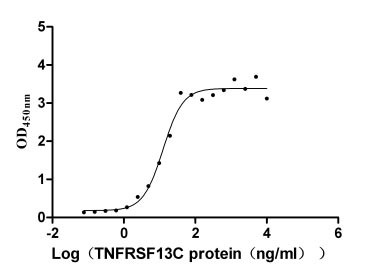
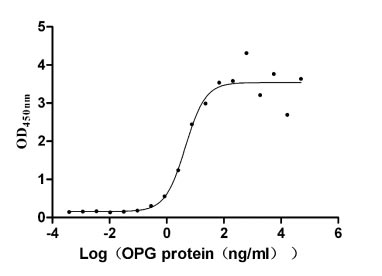

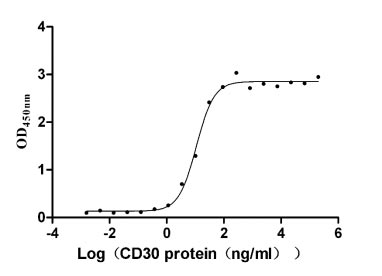
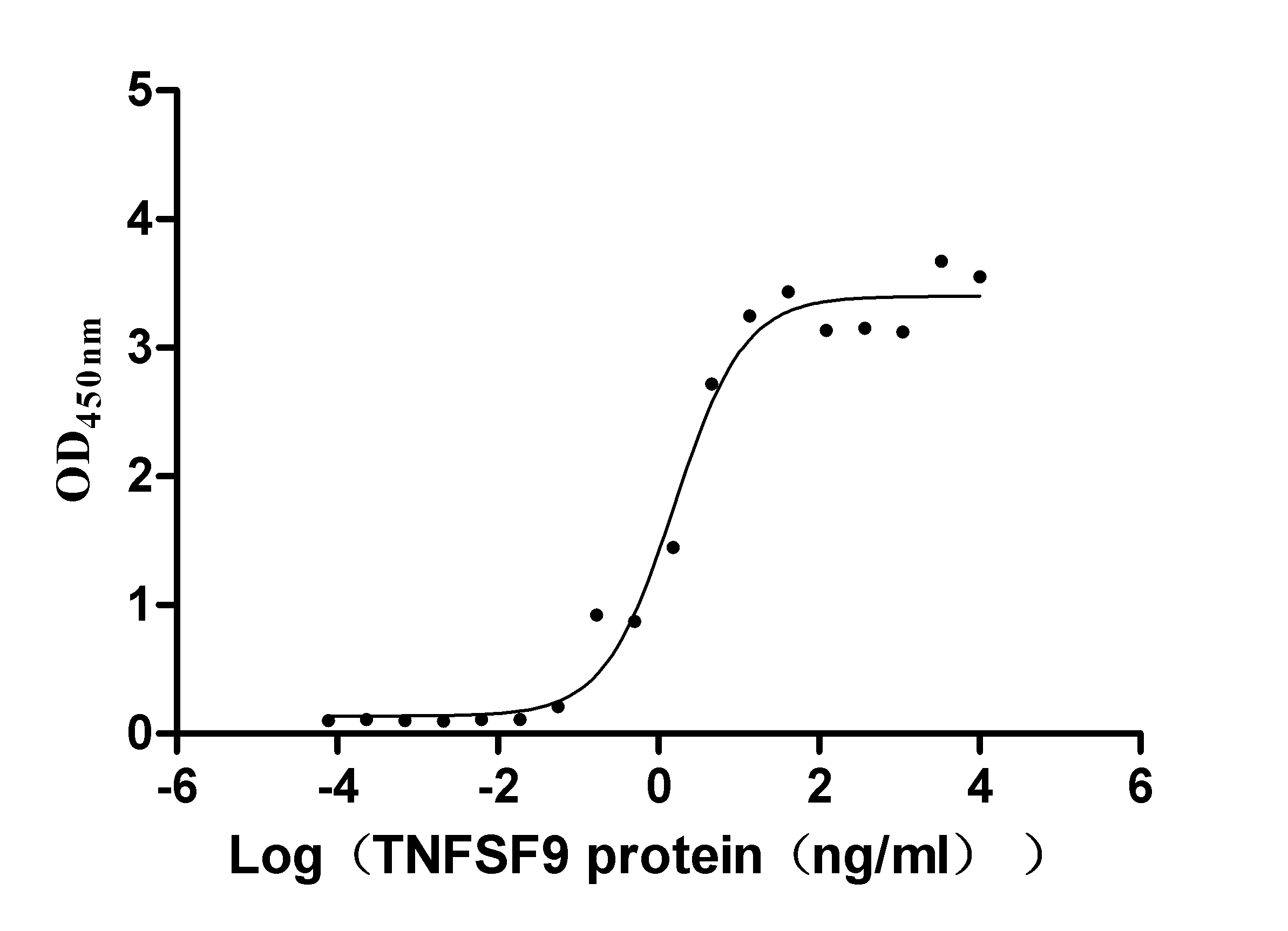
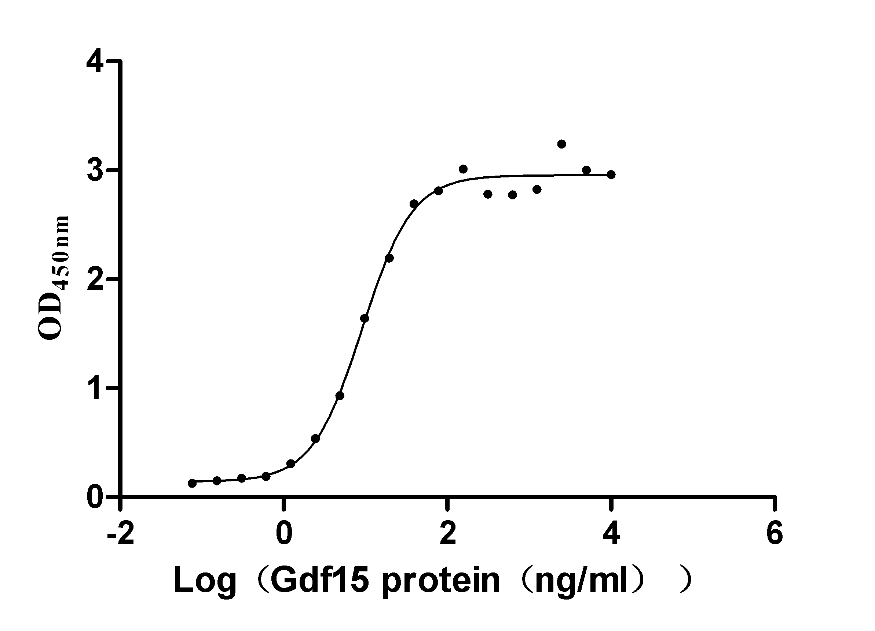
-AC1.jpg)
